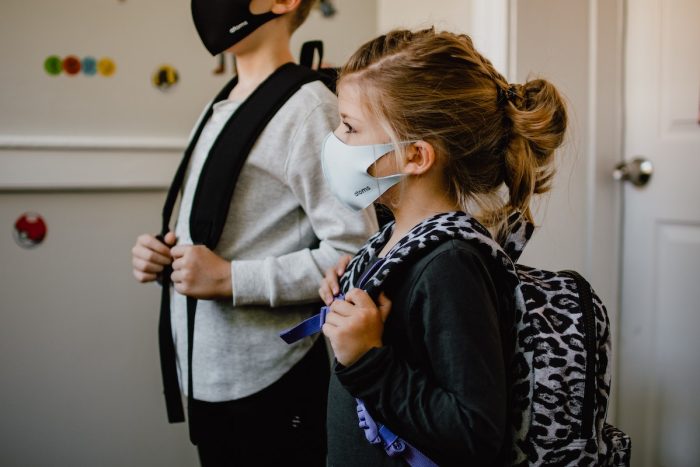
Suicide in adolescents has increased 31% in the past 10 years and is the second leading cause of death in older children, adolescents and young adults. Deaths from suicide exceed those from heart disease, cancer, HIV, asthma, and diabetes combined. We know that a large percentage of those who tragically die from suicide have active psychiatric disorders at the time of death, and most of them have depressive disorders. Many also are abusing substances and are facing a life crisis.
Prevention and early intervention efforts to pick up depression and suicidal thinking can be the difference between life and death, and pediatricians are in prime position to make that difference. Validated screening tools exist for the primary care setting and include the ASQ (asking Suicide Screening Questions) and the Columbia Suicide Screening Scale. Specific questions are also included in many depression screens e.g. PHQ9 and Columbia Depression scales. These all can be good entrees to further explore the level of risk by asking about the characteristics of any medical concern: frequency, duration, severity of suicidal thoughts or feelings; specific plans or fantasies; acts or steps taken, what makes it better, what makes it worse.
Remember, suicide risk grows in silence so asking and talking about this directly is crucial. Contrary to urban myth, there is NO evidence that talking about suicide raises risk and in fact there are studies that it lowers risk. Talking to the teen alone as well as with their parents are both critical. Explicitly discussing confidentiality is important and opening lines of communication to be able to speak about the child’s distress is often relieving for all. Suicide is often seen as a way out of a sustained painful psychic state but not all self-injurious behavior has the intent of suicide. Often teens cut or harm themselves for other reasons (e.g. tension relief, to “feel,” for others to “see” their pain). Again it is important not to assume but rather to talk to the teen alone and clarify their intent. While all self-injurious behaviors should be recognized as serious signs of distress, they may not be a sign of high risk for suicide.
When there is significant concern of risk of self-harm a safety plan is recommended. Safety plans are often written and include ways for the teen to get through a crisis period; a list of who they can call or contact; emergency resources (e.g. CPEP, crisis services); and restriction of means (e.g. securing or removing firearms, removing medication access, securing sharps). Often times we are not sure how to assess the level of risk. When that happens, call Project TEACH – that’s what we are here for.
There are now several validated prevention programs that address prevention in schools, the community, and primary care settings (see Brent). Treatment for depressed children and adolescents also has an increasingly good evidence base for effectiveness. The GLAD PC guidelines outline a primary care approach to adolescent depression and delineate treatment for mild, moderate, and severe depression. For mild depression, bibliotherapy, behavioral activation, and active support and monitoring are helpful. Active support includes psychoeducation, supportive counseling, facilitate parental and patient self-management, refer for peer support, and regular monitoring of depressive symptoms and suicidality. For moderate or severe depression, consultation with a mental health professional and initiation of evidence-based medication or psychotherapy is recommended. For refractory or severe depression, both medications and EBP are generally recommended. First line medications for adolescent depression are the SSRIs, most commonly fluoxetine, escitalopram, or sertraline.
Maternal

Child
